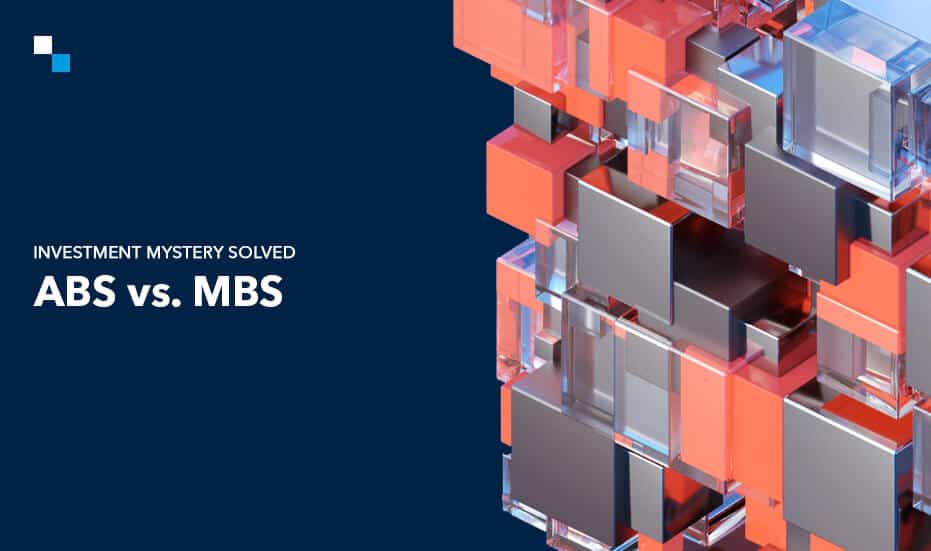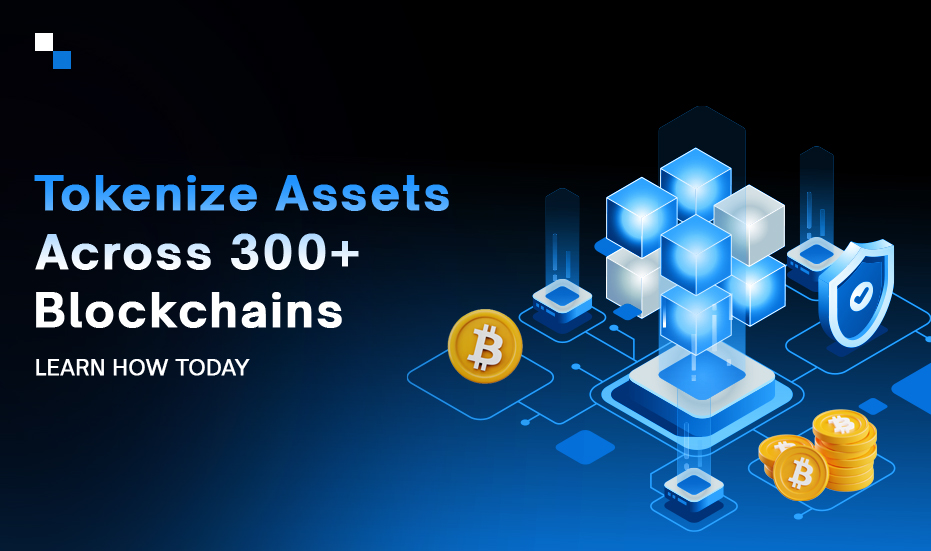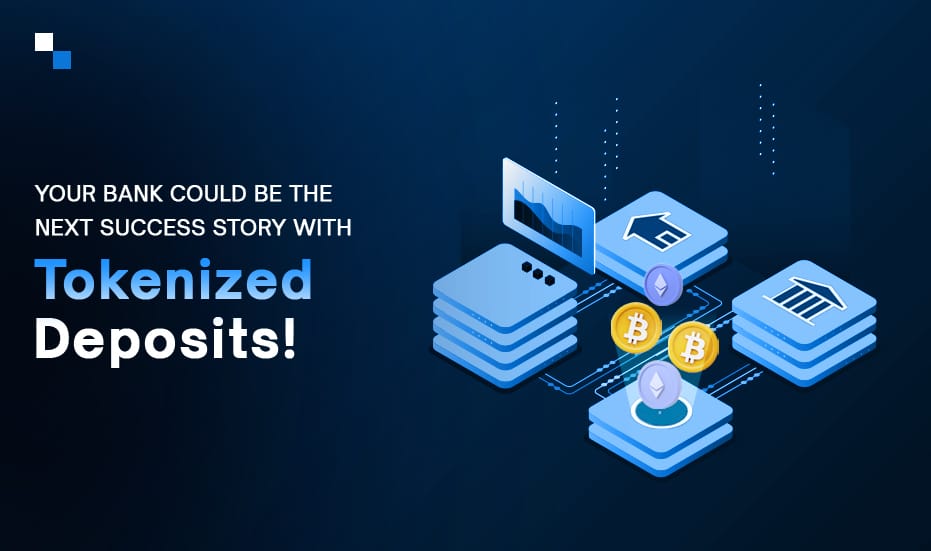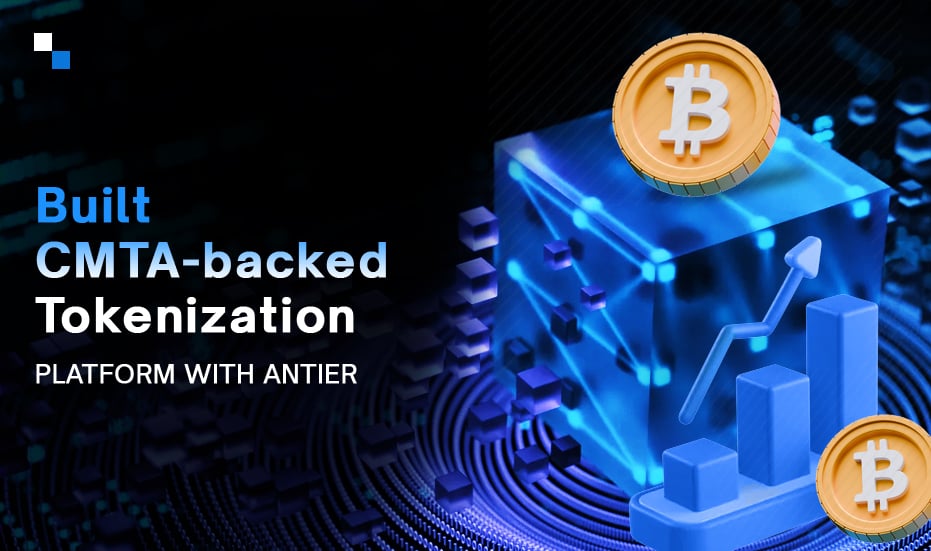
Explore Bitcoin Runes Protocol Impact and The Rise of MemeCoins in 2024
June 26, 2024
How Metaverse Games Development Will Change the Way We Earn?
June 27, 2024In the ever-evolving financial landscape, diversification reigns supreme. Investors constantly seek innovative avenues to spread risk and maximize returns. Two titans in the fixed-income arena, tokenized Securities, like Asset-Backed Securities (ABS) and Mortgage-Backed Securities (MBS), offer compelling options, but their similarities and nuances can be perplexing. Fear not, intrepid investor, for this comprehensive guide delves into the depths of ABS vs. MBS, equipping you with the knowledge to make informed investment decisions.
The Foundation: Understanding Underlying Assets
Imagine a vast ocean of financial instruments. ABS and MBS operate by casting nets into this ocean, but they target different schools of fish, so to speak. Here’s a breakdown of their underlying assets:
- ABS (Asset-Backed Securities): Picture a diverse pool of income-generating assets like car loans, student loans, credit card receivables, or even equipment leases. ABS allows you to invest in a fraction of this diversified pie. The diversification offers the potential for a smoother ride in turbulent markets compared to securities backed by a single asset class.
- MBS (Mortgage-Backed Securities): Here, the pool is more specific – a collection of mortgages bundled together. Primarily, MBS focuses on residential mortgages, although commercial varieties exist. These securities offer exposure to the housing market, a crucial component of the global economy.
The Transformation: Securitization Explained
Securitization is the magic trick that transforms a pool of assets into tradable securities. Let’s unravel the process of security tokenization:
- Origination: Financial institutions like banks or credit unions originate loans (car loans, mortgages, etc.).
- Pooling: These loans are grouped based on similar characteristics, such as loan amount, risk profile, and borrower creditworthiness.
- Tranche Creation: The pool is then sliced into different risk categories, like senior (most secure), mezzanine (moderate risk), and junior (least secure). These slices are called tranches. Each tranche offers a different risk-return profile, catering to diverse investor preferences.
- Issuance: A special purpose vehicle (SPV) – a legal entity created solely for this purpose – issues these tranches as ABS or MBS in the capital markets.
- Investment: Investors can now purchase these individual tranches based on their risk tolerance and desired return. Investors receive periodic interest payments from the underlying assets in the pool, and upon loan maturity, receive a portion of the principal repayment.
The Payoff: How Do You Earn?
Both ABS and MBS generate returns through interest payments. Here’s a closer look at the mechanics:
- ABS: In asset-backed securities payments from the loan pool are distributed to investors based on the tranche structure. Senior tranches receive principal and interest first, followed by mezzanine and junior tranches. The prioritization reflects the varying risk profiles.
- MBS: Mortgage-backed securities, similar to ABS, interest and principal payments from mortgages are distributed to investors. Here, prepayments (early full or partial loan repayments) can also play a role. Prepayments can accelerate the repayment schedule, impacting the cash flow received by investors in different tranches. Investors in senior tranches are generally less affected by prepayments compared to those in junior tranches.
Unveiling the Winner: It All Depends
There’s no clear-cut winner in the ABS vs. MBS battle. The optimal choice hinges on your unique investment goals and risk tolerance:
- Risk-Averse Investors: For those seeking lower risk, MBS, particularly senior tranches with investment-grade ratings, might be a good fit. These offer a relatively stable stream of income with lower volatility.
- Diversification Seekers: Craving a spread of risk across different asset classes? ABS offers exposure to a wider range of assets, potentially mitigating risk associated with any single sector. The diversification can be particularly appealing to investors with a long-term investment horizon.
- High-Return Hunters: Willing to stomach some risk for potentially higher returns? Explore ABS with higher-risk tranches. These tranches offer the potential for significant rewards but come with the caveat of potentially higher credit risk and volatility.
Beyond the Basics: Innovative Variations
The world of ABS and MBS extends far beyond the traditional models. Here are some fascinating variations that have emerged:
- Collateralized Loan Obligations (CLOs): Asset-backed Securities types like CLOs focus on high-yield, leveraged loans to corporations. These offer potentially high returns but come with significant credit risk due to the underlying borrowers’ risk profiles. CLOs often involve complex structures with multiple tranches catering to diverse risk appetites.
- Real Estate Mortgage Investment Conduits (REMICs): A specific type of MBS with tax advantages for US investors. REMICs must comply with strict IRS regulations regarding the underlying assets and cash flow distribution. They come in various forms, including public REMICs traded on exchanges and private REMICs offered to institutional investors.
- Synthetic ABS: These go beyond traditional asset-backed structures by utilizing derivatives like credit default swaps. Here’s how they differ:
- Broader Underlying Assets: Synthetic ABS can be based on a wider range of assets, including intellectual property rights, royalties from creative works, or even insurance contracts. This allows for more targeted exposure to specific sectors or risk profiles.
- Tailored Risk Profiles: Synthetic ABS often utilizes credit enhancement techniques like credit default swaps to manage risk. It allows for the creation of ABS products with tailored risk profiles for different investor types.
The Future of ABS and MBS: Embracing Change
The future of ABS and MBS is brimming with potential, shaped by several key trends:
- FinTech Integration: FinTech startups are disrupting the traditional ABS and MBS ecosystem. They leverage technology to automate loan origination, servicing, and trading processes, making these investments more accessible and efficient. It can potentially lead to lower fees and increased transparency for investors.
- Blockchain Technology: Blockchain’s potential for secure and transparent record-keeping is revolutionizing how ABS and MBS are issued and managed. It can improve the traceability of assets within the pool, reduce operational costs, and enhance investor confidence in the overall process.
- Emerging Asset Classes: New asset classes are gaining traction in the asset-backed securities market:
- Green ABS: These are backed by environmentally friendly assets like solar energy loans or energy-efficient building projects. They cater to investors seeking sustainable investment opportunities and potentially offer attractive returns.
- Frontier Market ABS: ABS backed by loans or receivables from developing countries is a growing niche. These offer potentially higher returns but come with increased political and economic risks due to the inherent volatility of these markets.
Investing in ABS and MBS: A Word to the Wise
Before diving into the world of ABS and MBS, remember these crucial points:
- Conduct Thorough Research: Don’t just jump in! Understand the specific ABS or MBS product you’re considering, including the underlying assets, tranche structure, credit ratings, fees involved, and potential risks.
- Seek Professional Guidance: A qualified financial advisor expert in Asset-backed Securities can help you assess your risk tolerance and investment goals and recommend suitable ABS or MBS products for your portfolio. They can also guide you through the complexities of these investments and navigate potential pitfalls.
- Diversification is Key: Diversification across asset classes helps mitigate risk and achieve a balanced portfolio. Consider incorporating stocks, bonds, and other alternative investments alongside ABS or MBS to create a well-rounded investment strategy.

Let’s Recap
By understanding the intricacies of ABS vs. MBS, you empower yourself to make informed investment decisions and navigate the ever-evolving world of Tokenization of Securities. Here’s a quick recap:
- ABS: offers diversification across a variety of income-generating assets, potentially leading to higher returns but with increased complexity and risk.
- MBS: offers exposure to the housing market, with generally lower risk profiles (except for junior tranches) and potentially lower returns compared to ABS.
Remember, with knowledge as your guide, you can unlock the full potential of these powerful investment vehicles. Here are some additional tips to consider:
- Stay Informed: The ABS and MBS market is constantly evolving. Keep yourself updated on the latest trends, innovations, and regulatory changes to make informed investment decisions. You can choose the best security tokenization development services provider for your needs.
- Consider Tax Implications: Tax regulations can vary depending on the type of ABS or MBS you invest in and your location. Consult a tax advisor to understand the potential tax implications before investing.
- Long-Term Focus: ABS and MBS are generally considered long-term investments. Focus on your long-term goals and investment horizon when making investment decisions.
Final Words
By following these steps and leveraging the knowledge you’ve gained, you can confidently navigate the world of ABS and MBS, potentially unlocking new avenues for growth and diversification within your investment portfolio. Looking for the best security tokenization development services? Get in touch with Antier, the top Tokenization Development Company; get a free consultation today!



